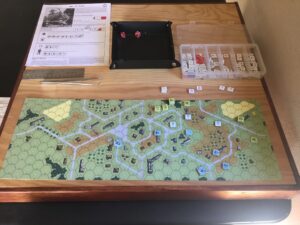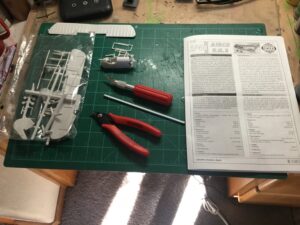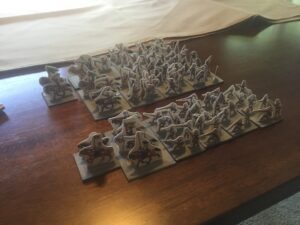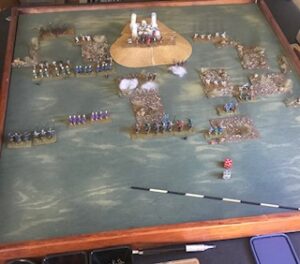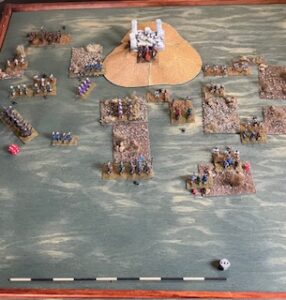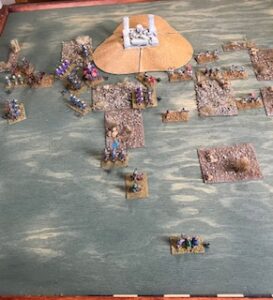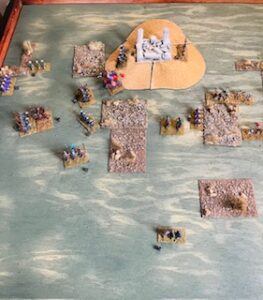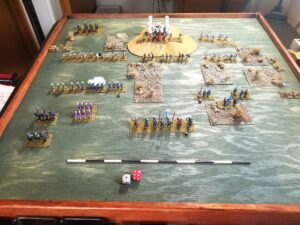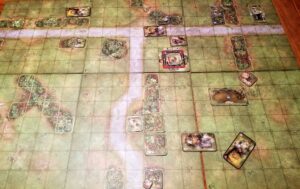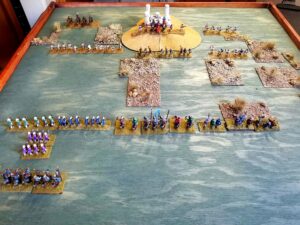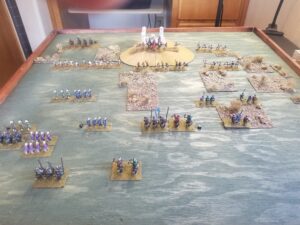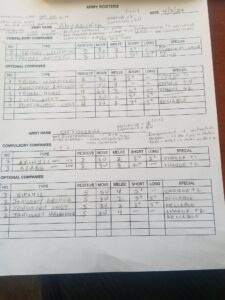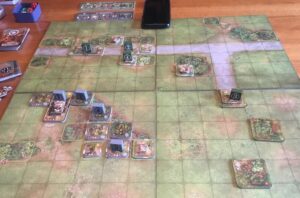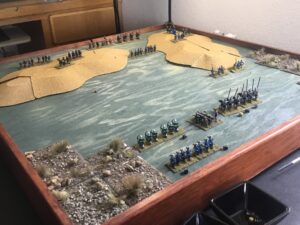Instead of rallying, the Ottomans should have marched back to their ships……..
Although it will take some time for the bad news to make its way East, there will be hell to pay in Constantinople.
Ottoman ambitions in the Horn of Africa suffered what could most kindly be termed “a setback” at a nameless defile just outside of Aden.
A motley group of civic guardsmen, mercenaries and neighboring tribesmen defeated an Ottoman force comprised of elite Sipahis and Janissaries.
Why? Overconfidence. The Ottoman Commander, Osker Boz, determined a frontal attack would scatter the opposition, assuming his army’s high resolve ratings would wear the Yemenites (what someone from Aden is called -today) down. Boz forgot, or ignored, his Janissaries were missile (bow/shot) troops with low melee capabilities, and that he had just two units of Sipahis.
His scheme of maneuver seemed sound. Launch a demonstration with his Azabs against the east ridge (pinning the Yemenite forces), and a measured attack, with the Janissaries shooting as they advanced, against the west ridge. When these attacks had developed, and his artillery had reduced Yemenite resolve, a Sipahi charge against the long spear armed civic guardsmen holding the defile. This was a risky business since long spears have a +2 DRM against cavalry.
The Ottomans advanced after regrouping and restoring resolve.
The assault on the east ridge initially pushed back the Yemenites. But they rallied, scattering the Ottoman Azabs. One unit, through both pursuit and being out of command, and rolling for impetuous actions, even charged and scattered the Ottoman artillery unit.
The Janissary missile unit advance/shoot tactics wore down the Yemenites holding the west ridge. In desperation, the Yemenites pulled back to the reverse slope. This was the decisive event of the game. The Janissaries continued their advance while the Yemenites rallied, charging the Ottomans as they crested the ridge. Now locked in melee, it was a matter of time, and decent die rolling, until the Janissaries wavered or scattered.
Meanwhile, the Sipahi initial charge failed to dislodge the long-spear armed guardsmen. Again, locked in melee, the Ottomans were at a disadvantage.
The Sipahis wavered and scattered, leaving the Janissaries to fight a “last stand” against what remained of the Yemenites on the west ridge, eventually breaking under the pressure.
Quite the fight.
Much of the defeat can be attributed to Osker Boz’s characteristics (inexperience and cowardice) and his employment of an incompetent physician who exacerbated the effects of some poor Disease and Mishap rolls. As a result, the Ottomans rarely won an initiative die roll, had trouble rallying troops to restore resolve, and had significantly lowered resolve due to illness going into the battle.
Add an attack plan that called for some good fortune, and the outcome cannot be considered a surprise.
Recent rumors from Constantinople indicate that the Sultan has put his plans for naval expansion into East Africa on hold, pending successes by his overland forces working south along the both coasts of the Red Sea. Osker Boz has been ordered to return home. Given this blow to Ottoman prestige, it’s unlikely he will survive the trip.
As usual, a series of marginal photos with incoherent captions.
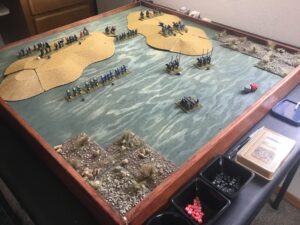
The Ottoman Attack Develops. Top of picture is NNE.
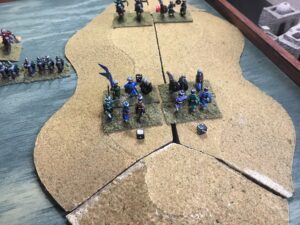
Melee on East Ridge
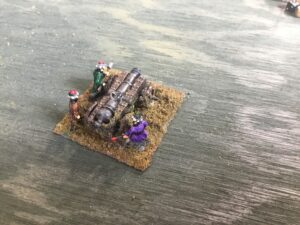
Ottoman Artillery Support Ineffective
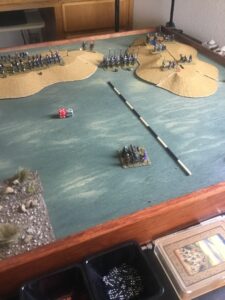
Melee
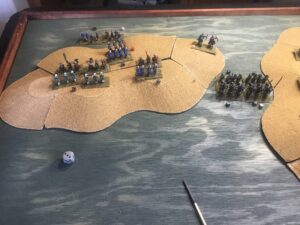
Melee Continues
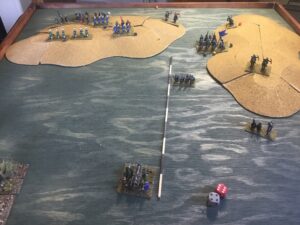
Sipahis Scatter With Yemenite Pursuit Threatening Artillery
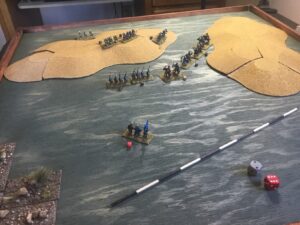
Preparing For The Final Assault
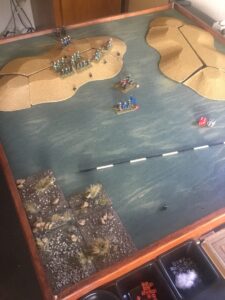
Final Melee. Light Cavalry Ready To Flank Janissaries
